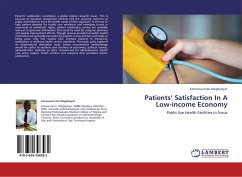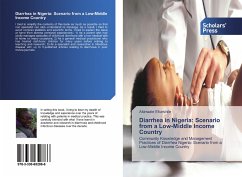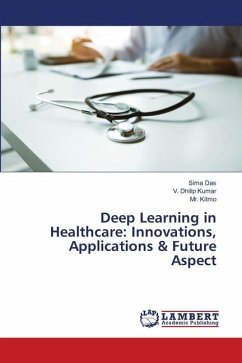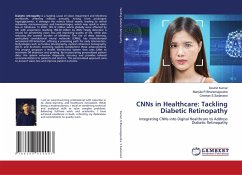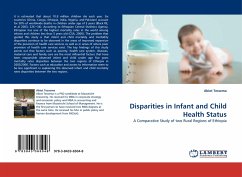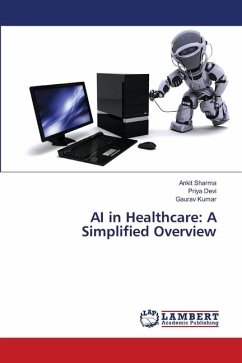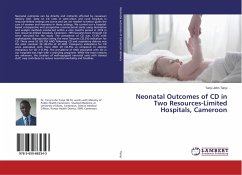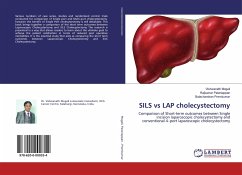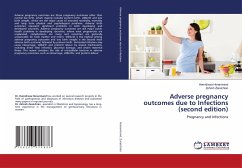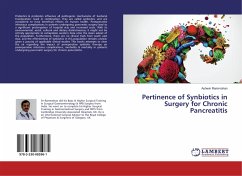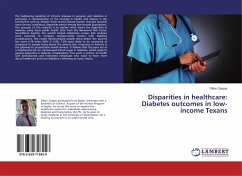
Disparities in healthcare: Diabetes outcomes in low-income Texans
Versandkostenfrei!
Versandfertig in 6-10 Tagen
36,99 €
inkl. MwSt.

PAYBACK Punkte
18 °P sammeln!
The ballooning epidemic of chronic diseases in general, and diabetes in particular, is representative of the changes in health and disease in the twenty-first century. Despite these drastic disease burden changes towards more chronic conditions, disparities persist among low-income populations. The purpose of this research is to explore what marks the disparities in diabetes using Texas public health data from the Behavioral Risk Factor Surveillance System, the world's largest telephone survey. SAS analyses were executed to compare socioeconomic factors with diabetes complications. The results...
The ballooning epidemic of chronic diseases in general, and diabetes in particular, is representative of the changes in health and disease in the twenty-first century. Despite these drastic disease burden changes towards more chronic conditions, disparities persist among low-income populations. The purpose of this research is to explore what marks the disparities in diabetes using Texas public health data from the Behavioral Risk Factor Surveillance System, the world's largest telephone survey. SAS analyses were executed to compare socioeconomic factors with diabetes complications. The results demonstrated people living below the poverty line were 6.78 times (95% CI 6.06, 7.59) more likely to be uninsured as compared to people living above the poverty line. Insurance in America is the gateway to preventative health services. It follows that the poor are at a heightened risk for mismanaged blood sugar in diabetes, which leads to gaping disparities in diabetes complications. This work is written to health care professionals and interested individuals who want to learn more about healthcare and how diabetes is affecting so many Texans.



